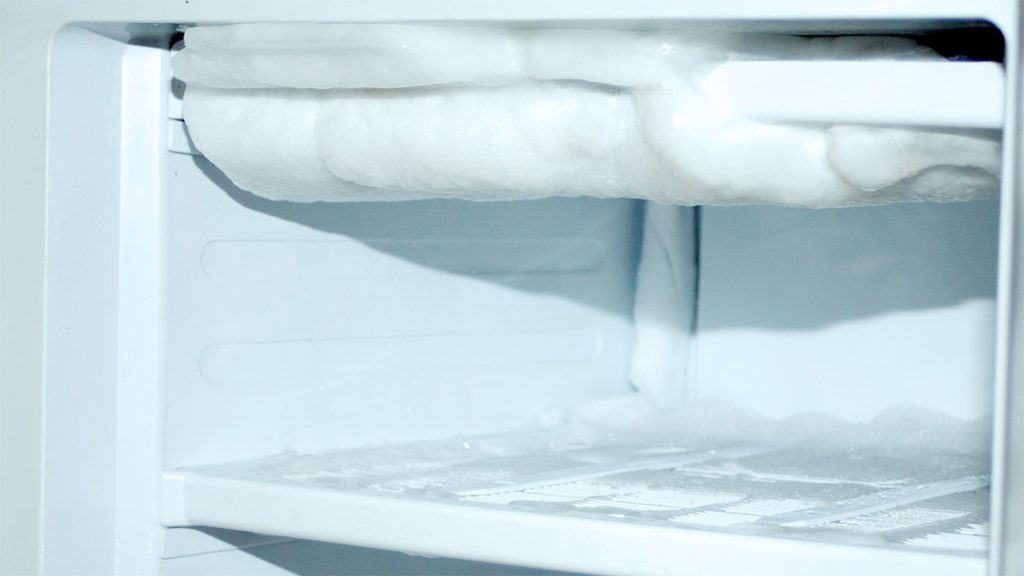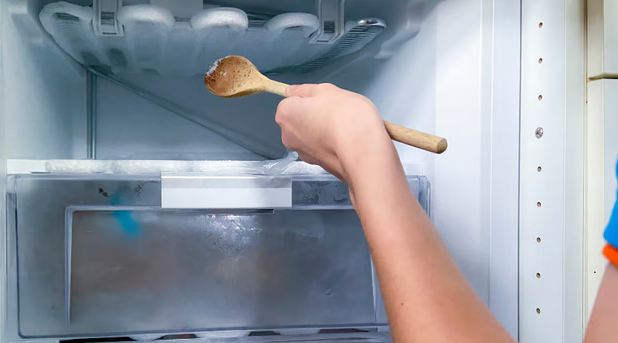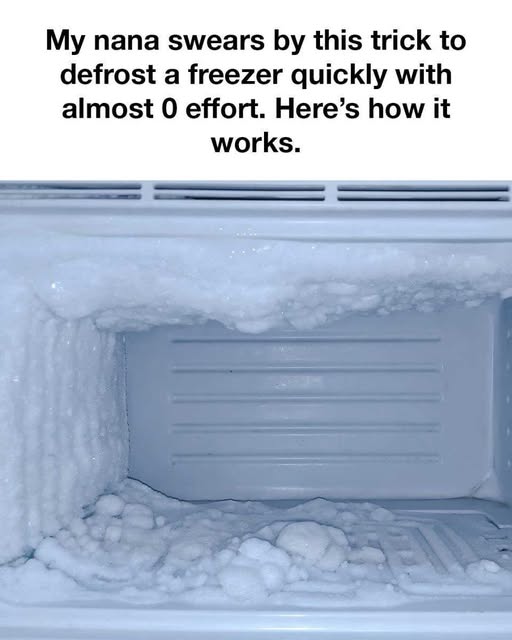Keeping your freezer in good shape does more than just protect frozen food it helps you save electricity, avoid wasted space, and prevent discomfort. When ice builds up over time, the unit has to work harder to maintain temperature, pushing up energy use. Thick layers of frost limit storage capacity and make organization harder. Regular attention keeps everything working well and avoids big headaches later.
The Problems with Traditional Defrosting
Many people approach defrosting with caution: empty the freezer, switch it off, then wait hours for the ice to melt. This method often leads to water everywhere, risk of food spoilage, and long delays. If the ice is thick, the task becomes messy, and delaying too long can reduce the freezer’s performance drastically. Perishable items are especially vulnerable when left at unsafe temperatures.

Nana’s Effortless Method
Here is a clever trick to streamline the defrosting process—one that is both quick and cost-effective. It uses an item you probably already have in your kitchen. With this approach, you get most of the advantages of full defrosting, but with much less hassle. For those trying to avoid turning off the freezer for hours, this method helps significantly reduce waiting time and water mess.
Step-by-Step: How to Do It
Unplug or switch off the freezer to make it safe to work inside.
- Remove frozen food and store it in coolers or wrapped in thick towels to maintain temperature for as long as possible.
- Use a household item—for example, a pot of hot water. Place the hot pot inside the freezer and shut the door. The steam from the hot water helps loosen the frost quickly.
- After 10-20 minutes, open the freezer and gently scrape away softened ice using plastic tools. Metal tools risk damaging surfaces.
- Wipe up water as you go using absorbent towels to avoid slipping or water pooling underneath.
- Once ice has been removed, dry the inside thoroughly before switching the unit back on and returning frozen items.
Advantages of the Method
- Faster defrosting: The steam helps melt ice more quickly than pure waiting.
- Less mess: Softened ice lifts off instead of hard chunks cracking and falling messily.
- Reduced food risk: Because the freezer isn’t off for as long, frozen goods stay colder and safer.
- Energy savings: Less frost means better energy efficiency once the unit is running normally again.
Additional Tips for Freezer Longevity
- Aim to defrost your freezer when ice buildup reaches about a quarter-inch thick.
- Store food in sealed containers so that moisture doesn’t contribute to frost formation.
- Keep freezer door seals clean and intact; gaps let humid air in.
- Organize your freezer so nothing blocks air vents—proper airflow helps performance.
When to Fully Defrost
While Nana’s trick works well for moderate frost, sometimes a full defrost is unavoidable—especially if frost has built up substantially or ice has lodged behind shelves or trays. In those cases, follow safety precautions, move all frozen food to temporary storage, and allow enough time for complete melting. Be sure to clean, dry, and reset the freezer properly afterward.

Final Thoughts
Defrosting doesn’t have to be a dreaded chore. With some clever use of steam (or another safe household tool), you can speed up the process, reduce mess, and protect both your food and your freezer’s lifespan. By staying on top of frost, using smart organizational practices, and choosing timely maintenance tricks, you’ll keep your freezer running efficiently—and your kitchen running smoothly.

















